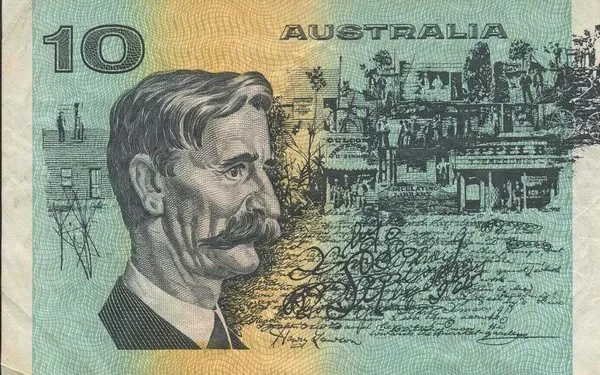In today’s globalized world, currency exchange rates play a pivotal role in international trade, travel, and finance. Whether you’re a business owner conducting cross-border transactions or a traveler planning your next adventure, knowing how much one Australian Dollar (AUD) is worth in United States Dollars (USD) is essential. In this comprehensive guide, we’ll delve into the intricacies of the AUD to USD exchange rate, providing you with valuable insights and up-to-date information to navigate this ever-changing financial landscape.
1. Understanding the Basics: AUD to USD Exchange Rate
To comprehend the value of 1 AUD in USD, it’s crucial to grasp the fundamentals of exchange rates. Exchange rates represent the relative value of one currency against another. In our case, it’s the Australian Dollar (AUD) against the United States Dollar (USD).
Exchange rates are influenced by a myriad of factors, including interest rates, inflation, political stability, and economic performance. Central banks and forex markets play a significant role in determining these rates, which can fluctuate daily.
2. Real-Time Exchange Rate Data
To accurately determine the value of 1 AUD in USD, you need access to real-time exchange rate data. Fortunately, there are numerous online resources and financial platforms that provide up-to-the-minute information. Websites like OANDA, and X-Rates offer easy-to-use currency converters and historical data for reference.
3. Factors Affecting AUD to USD Exchange Rates
The AUD to USD exchange rate isn’t static; it fluctuates due to various factors. Here are some key influencers:
Interest Rates:
Central banks’ decisions on interest rates can significantly impact exchange rates. Higher interest rates often lead to a stronger currency, as investors seek higher returns on their investments.
Economic Performance:
A country’s economic health and growth prospects can influence its currency’s strength. Strong economic indicators, such as low unemployment and GDP growth, can boost a currency’s value.
Political Stability:
Political stability and government policies play a vital role in exchange rate determination. A stable political environment can instill confidence in a nation’s currency.
Market Sentiment:
Investor sentiment and market speculation can lead to short-term fluctuations in exchange rates. Global events, geopolitical tensions, and economic reports can trigger market reactions.
Commodity Prices:
Australia’s reliance on commodity exports, particularly minerals, can affect the AUD’s value. Commodity price fluctuations can impact the exchange rate.
4. Historical Exchange Rate Trends
To gain a deeper understanding of the AUD to USD exchange rate, it’s helpful to examine historical trends. Over the past decade, the exchange rate has seen notable shifts. From a high of around 1.10 USD per AUD in 2011 to a low of approximately 0.55 USD per AUD in 2020, it has experienced significant volatility.
5. Tips for Currency Exchange
If you’re planning to exchange AUD for USD, whether for travel or business, here are some tips to optimize your exchange:
Timing Matters:
Keep an eye on the exchange rate trends and consider exchanging currency when the rate is favorable.
Compare Rates:
Different banks and currency exchange providers may offer varying rates and fees. Compare options to get the best deal.
Avoid Airport Exchanges:
Airport currency exchange services often have less favorable rates and higher fees. Exchange currency before you travel if possible.
Consider Prepaid Cards:
Prepaid travel cards can offer competitive rates and added security when traveling.
6. Future Predictions
While it’s impossible to predict exchange rates with absolute certainty, experts and analysts use economic indicators and data to make educated predictions. Keep an eye on financial news sources and consult with professionals for insights into future AUD to USD exchange rate movements.
In conclusion, understanding how much 1 AUD is worth in USD is a crucial aspect of navigating the global financial landscape. Exchange rates are influenced by a multitude of factors, and staying informed is key to making informed financial decisions. By following the tips provided and monitoring real-time data, you can make the most of your currency exchanges and financial transactions, ensuring that your money works efficiently for you in the ever-changing world of international finance.
Related Topics:
The Significance of the AUD: A Comprehensive Analysis
Factors Behind the AUD’s Depreciation Against the Euro
What currency is AUD strong against?

























